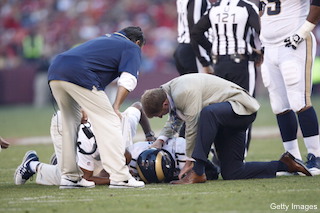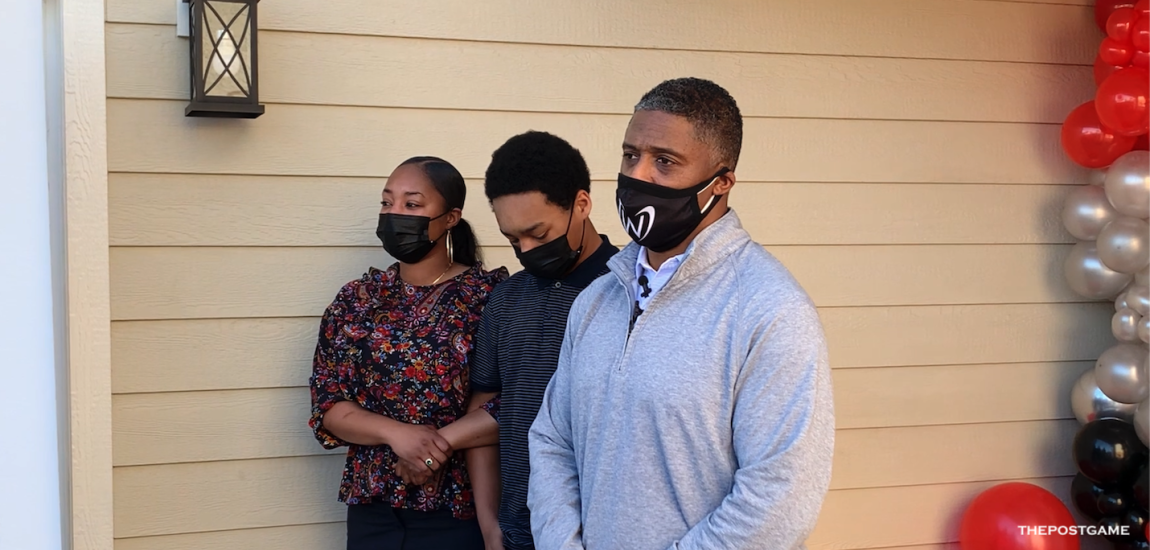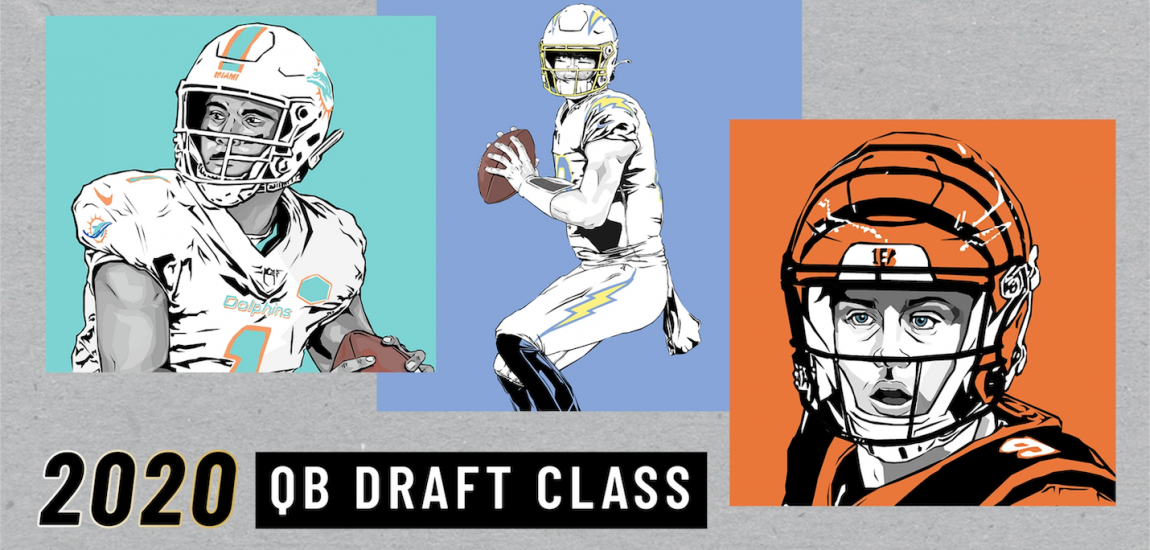I continue to believe that the spectrum of concussions in sports involving collisions is a ticking time bomb, and is a largely undiagnosed public health crisis that urgently needs a solution. Prevention is one priority, teaching better blocking and tackling techniques to young athletes and limiting off-season practice hitting is another, in addition to rule changes in enforcing penalties as well. There is a promising helmet design soon to be available from Tate Technology, headed by Jenny Morgan, that can dramatically reduce the force level of impact on the head. But notwithstanding preventive measures, concussions will occur in large numbers.
Dr. Jacob Van Landingham, who is associated with both the University of Florida and Florida State University, has developed a new technique to treat concussions and minimize the severity of the symptoms. His company, Prevacus, has a protocol that offers the NFL the opportunity to be a leader in solving the concussion crisis through treatment of the injury on the field, it moves the focus to treatment. Every other football or athletic injury is treated immediately, concussions need the same attention.
Prevacus offers a solution, it is the first field deliverable pharmaceutical treatment of concussion which is administered nasally, allowing more of the drug to reach the brain-injured sites. This drug begins treating the injury at the moment of impact by reducing swelling, inflammation and oxidative stress, so that the player can begin to recover faster. It limits the potential for the negative effects from concussion and repeat hits to the head.
With bigger, stronger and faster athletes colliding, the actual G force at the line of scrimmage has risen exponentially. Every time lineman hit it can create a low level sub-concussive event.
Many athletes have already experienced the symptoms of chronic traumatic encephalopathy, and more cases will be added soon. This dangerous syndrome creates a downward spiral in the athlete -- confusion, dementia, depression leading to loss of job, family and life. Prevacus is in the early stages of developing a drug to treat those with CTE.
There has been a degree of despair surrounding the concussion crisis. We are beginning to see talented researchers who would rather light candles than curse the darkness. More are needed. Next week I will write about Jenny Morgan and her helmet breakthrough. Prevacus, Tate Technology and other talented researchers are bringing hope.
-- Leigh Steinberg has represented many of the most successful athletes and coaches in football, basketball, baseball, hockey, boxing and golf, including the first overall pick in the NFL draft an unprecedented eight times, among more than 60 first-round selections. His clients have included Hall of Fame quarterbacks Steve Young, Troy Aikman and Warren Moon, and he served as the inspiration for the movie "Jerry Maguire." Follow him on Twitter @leighsteinberg.



























